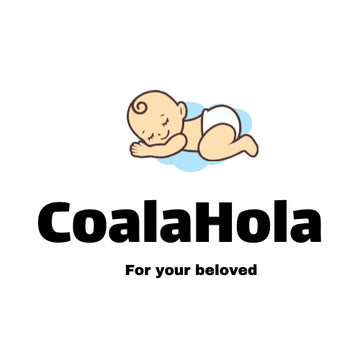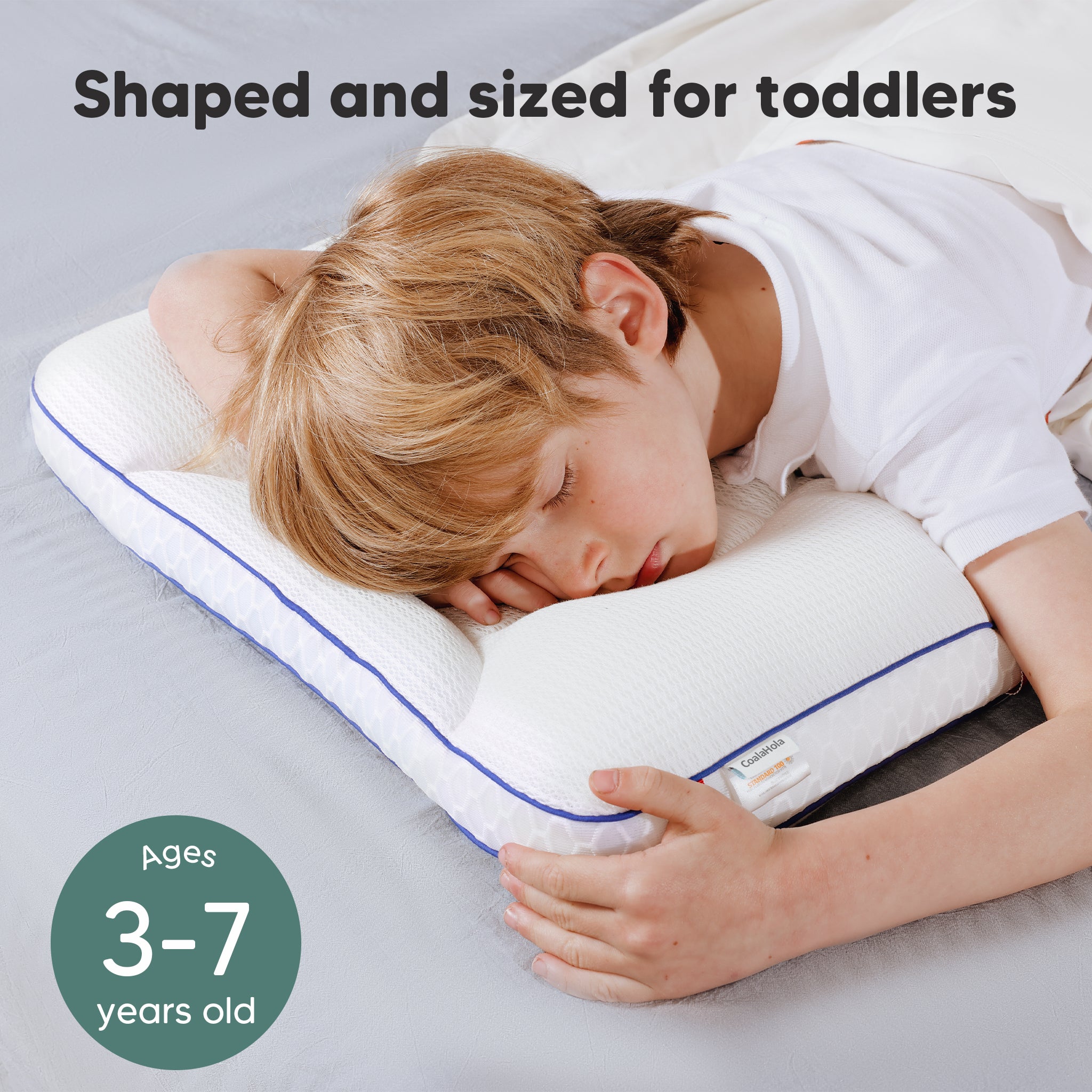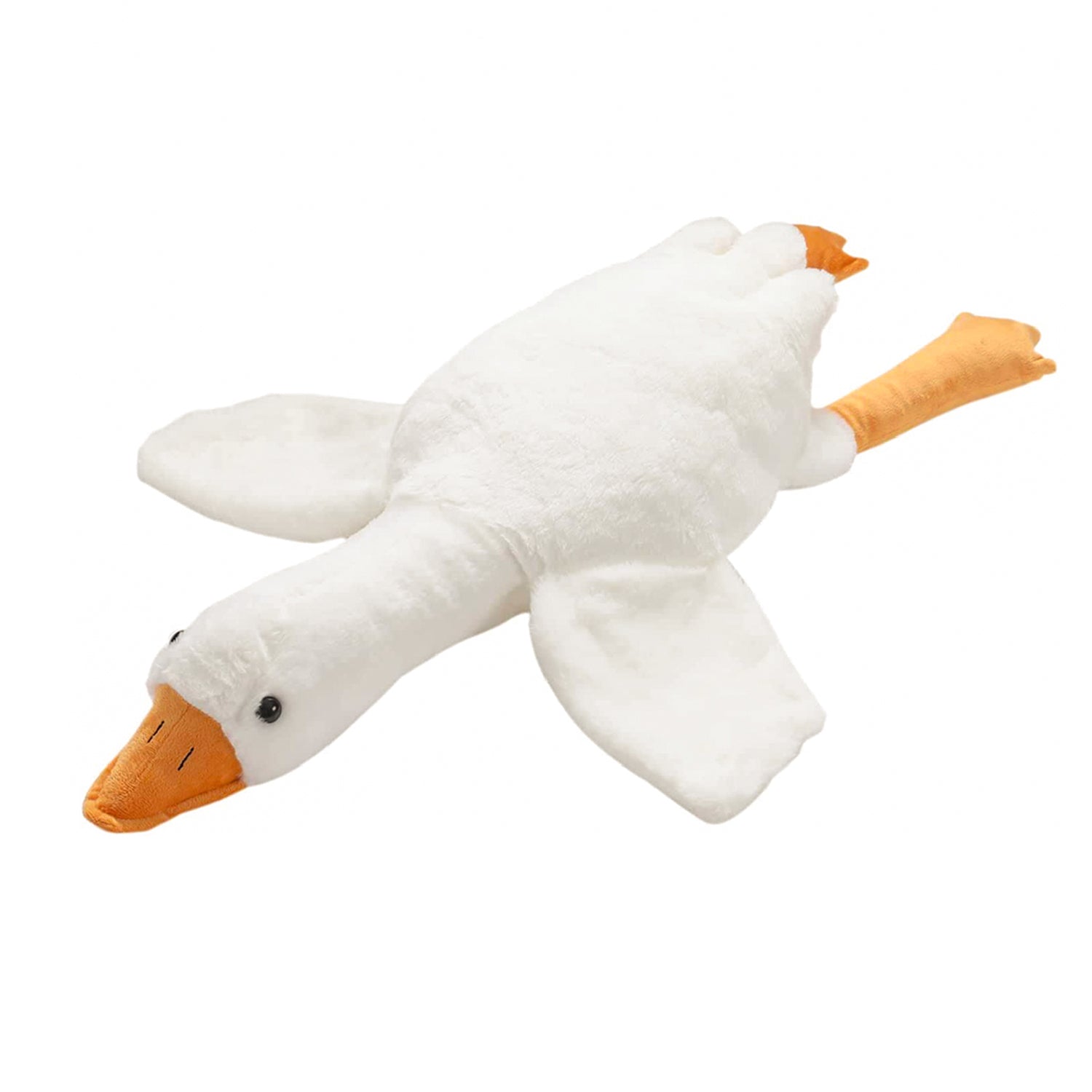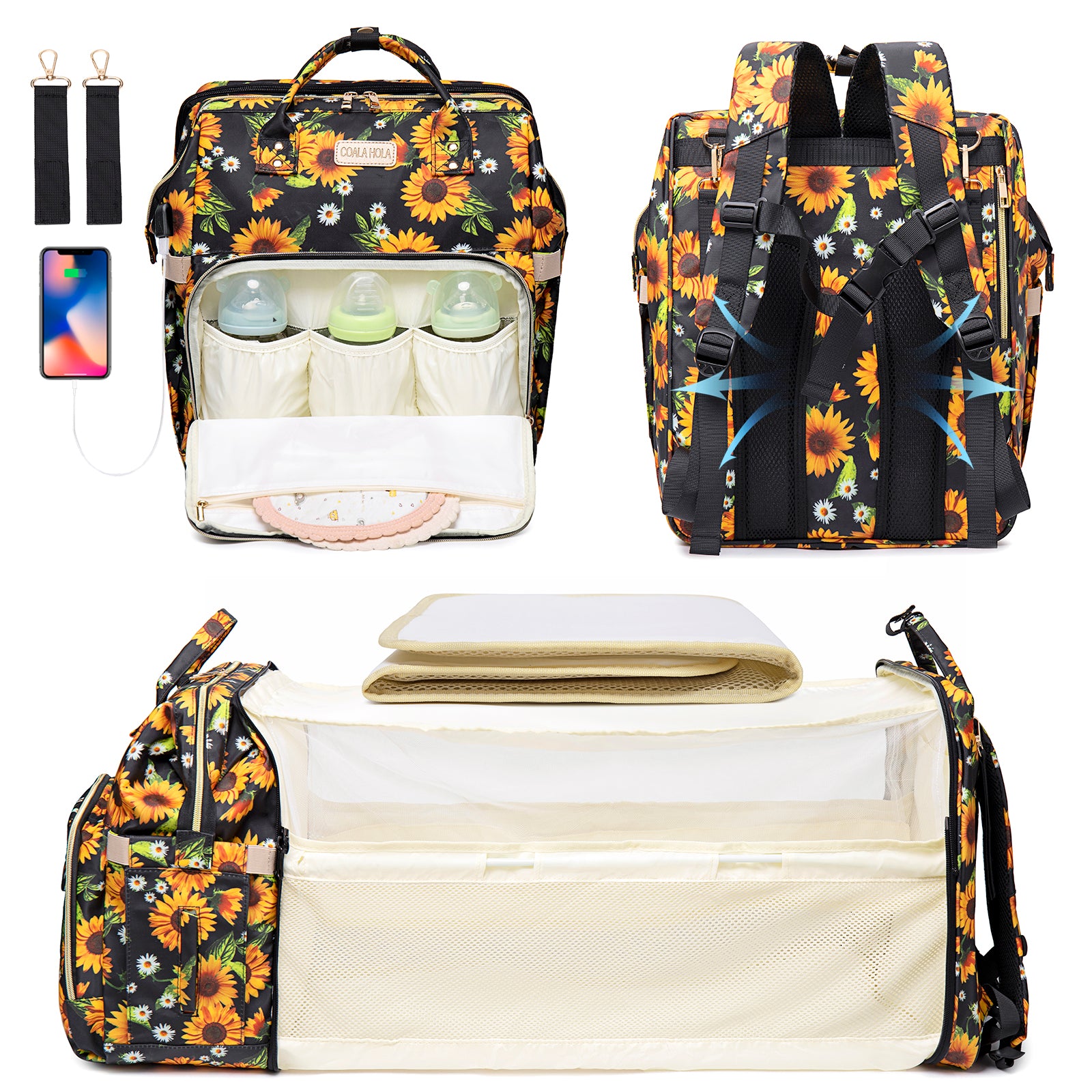Parents and other caregivers frequently find themselves navigating uncertainty in the confusing world of newborn feeding. While spoon-feeding has long been the standard way, baby-led weaning has become a popular option that has many people intrigued. This novel idea, which is based on the self-feeding philosophy for infants, defies accepted wisdom and provides an intriguing window into a fresh world of nutrition.
In turn, we delve into the mysterious realm of baby-led weaning, where young children take control of their eating schedules. In this paradigm, infants are introduced to solid foods right from the start, bypassing the traditional purée phase. Instead of relying on parents to spoon-feed them, babies are encouraged to self-feed, grasping food with their tiny fingers, exploring various textures, and savoring the joys of independent eating.
Baby-led weaning enables newborns to use their senses, developing their fine motor skills, hand-eye coordination, and a deep relationship to food. Babies are empowered to become active partners in their sustenance rather than passive recipients through this dance between discovery and nutrition.

We explore the joys of baby-led weaning, taking a close look at its advantages, difficulties, and the research underlying this ground-breaking method.
What is Baby-Led Weaning
As accentuated, baby-led weaning is fundamentally a concept that supports self-feeding for infants. This method enables newborns to control their own eating journey from the start, rather than depending on parents to spoon-feed purées. Picture small hands grabbing delicacies, plump faces painted in bright hues, and a magical symphony of discovery.
Baby-led weaning, in contrast to conventional baby feeding practices, provides solid meals to newborns right away, skipping the purée period. The key is to allow infants to experiment with different textures, shapes, and flavors while they refine their fine motor and hand-eye coordination. This strategy respects their inherent interest and enables them to take an active role in the baby feeding process.
So, how does it function? It is easy to use but transformational. Babies are given a variety of soft meals that are suitable for their age and chopped into bite-sized pieces. These can include selections that are high in protein, as well as steamed fruits and vegetables and cooked grains. Babies start to play with these vibrant morsels while they are seated in their high chairs, picking them up, squishing them, and finally putting them in their mouths.
Baby self-feeding offers a variety of advantages in addition to the delight of self-discovery. As infants learn to identify their own hunger and fullness cues, it promotes self-regulation. According to research, this method may help children improve their speaking, chewing, and oral motor skills.
The baby-led weaning journey does, however, present a number of difficulties. It needs parents to adopt a different mentality as they give up some control and let their kids make their own dietary decisions. Food naturally finds its way into the floor, walls, and clothing throughout this process, which might result in some mess.
Nevertheless, these difficulties are only stepping stones on the road to promoting independence and laying a solid foundation for a lifetime of wholesome decisions. Baby self-feeding opens up a world of exploration and self-discovery for our young children as we strip away the layers of tradition and embrace its beauties. A dance between freedom and nourishment, and a celebration of the wonders that each kid possesses.
Let's set out on this empowering journey, honouring the natural abilities of our children and embracing the allure of baby-led weaning, which will spark babies' interest in food and foster a deep connection with it — while fostering their growing independence.

How Do You Do Baby-Led Weaning?
A fascinating strategy has emerged in the constantly changing world of baby feeding, capturing the attention of parents and caregivers everywhere. Here, young children take the helm of their own gastronomic explorations, celebrating the marvels of self-feeding and fostering their independence. So, how does one begin baby-led weaning? Let's examine the minute aspects and show you how to have an enjoyable encounter.
The Right Time
When newborns are approximately six months old and begin to show signs of readiness for solid meals, baby-led weaning usually starts. These indicators include the absence of the tongue-thrust reflex, the capacity to sit up alone, and strong head control.
Food Selection
Provide a range of soft, manageable, nutritional foods that are age-appropriate. Choose steamed vegetables, ripe fruits, cooked grains, and well-cooked poultry or legumes for protein sources. Keep in mind to stay away from items like whole grapes and nuts that might cause choking.
Baby in the Driver's Seat
Set up a cozy high chair for your infant and let them explore the food on their own. Give them bite- or finger-sized food portions that are simple for them to grip. Be ready for a mess since your child will enjoy squishing, smearing, and dropping food as they investigate its texture and flavor.
Encouragement and Observation
Watch your child as they engage with the meal while relaxing. Encourage them verbally and support their discovery without getting in the way. Through this procedure, they can improve their fine motor and hand-eye coordination abilities while creating a favorable relationship with food.
Safety First
Make sure the area is safe by eliminating any potential risks or hindrances. When feeding your baby, always keep an eye on them and be ready to help if they have any problems.
Mealtimes
Make mealtimes enjoyable and inclusive for the entire family. Sit as a family and enable your infant to see and pick up on other people's eating patterns. Promote social contact and a welcoming environment around eating.
Gradual Progress
Baby self-feeding requires patience and flexibility because it is a progressive process. Your baby may not eat much at first as they concentrate on discovering and acclimating to various tastes and textures. During the early stages, the main source of sustenance should still be breast milk or formula.
Food Intolerances and Allergies
When introducing new foods, wait a few days between each introduction to watch for any possible allergic or intolerance responses. If you are worried or have a family history of allergies, speak with a medical practitioner.
Everything accounted for, never forget to appreciate your baby's independence, relish the priceless moments of discovery, and acknowledge their natural strengths. You'll set out on a unique adventure that feeds not just their bodies but also their souls with patience, love, and a dash of messiness.
When Should You Start Baby-Led Weaning?
When a baby reaches key developmental milestones around the age of six months, baby-led weaning often starts. Keep an eye out for these signs that show your baby is prepared to experience the delights of self-feeding and the world of solid foods. Your infant should be able to sit up alone in an upright position with adequate head and neck control.
Keep in mind that the elimination of the tongue-thrust reflex is a sign that your kid is ready for solid meals and is thus ready to manage them. When newborns reach the developmental stage for self-feeding, this reflex, whereby they instinctively push food out of their mouths with their tongues, lessens.

Additionally, observe indications of interest in the food consumed. Your baby may be ready to experiment with solids if they start reaching out for your food and demonstrating a willingness to join at mealtimes. Your infant should be able to swallow food after gumming it.
This demonstrates how ready they are for more substantial selections and helps them make the transition to self-feeding. Once you have seen these indicators of readiness, you may implement baby self-feeding with confidence into your baby feeding schedule.
With that said, consider using the CoalaHola Baby Teether Feeder to optimize the experience. This ingenious gadget, which is made entirely of food-grade silicone, combines a functional feeder with a textured grip that serves as a teether. In addition to exciting their senses and relieving their teething discomfort, it enables your baby to explore a range of fruits and veggies safely.
Additionally, the Baby Teether Feeder is devoid of dangerous chemicals like BPA, phthalates, and PVC and is dishwasher-safe and simple to clean.
Meanwhile, the CoalaHola nursing Pillow is another cutting-edge product intended to improve nursing for both mother and child. This nursing cushion was carefully made with the intention of offering the most support and comfort possible when breastfeeding.
The 100% cotton woven fabric makes it simple to remove both the little and big pillowcases, making cleaning and upkeep a breeze for long-lasting usage and durability. The interior of the cushion insert is likewise lined with plush, soft space cotton, providing a comforting and soothing surface for your child to relax on.
What is the 4-Day Rule for Baby-Led Weaning?
Making wise decisions that nourish our children and promote a healthy connection with food. Baby self-feeding is one strategy that has attracted a lot of attention; it emphasizes independence and self-feeding. The 4-Day Rule emerges as a useful guideline within this method to guarantee a secure and gradual introduction of new meals.
According to the "4-Day Rule," you should only introduce one new meal at a time and give it to your infant regularly for four days before introducing another. This routine enables you to keep a careful eye on your child's reaction to each new food and spot any possible allergies or intolerances.
The 4-Day Rule gives your baby's growing system enough time to adapt by introducing meals gradually. This strategy gives you the ability to carefully watch for and spot any negative responses, including skin irritations, inflammation, or stomach problems, and take the necessary action as soon as you see them. By implementing this methodical approach, you get the critical knowledge required to decide on the best meals for your infant.

You lay the groundwork for a satisfying baby feeding experience using the 4-Day Rule. While honing their self-feeding techniques, allows your baby to discover new tastes, textures, and scents at their own speed. As you gradually introduce a variety of foods, this strategy also promotes a diversified and balanced diet.
The 4-Day Rule must be implemented with care and patience. Choose one food item that is age-appropriate and suited for self-feeding, to begin with. Choose foods that are simple for your infant to grip and grasp, such as soft fruits, cooked veggies, or grains. Give your infant a modest amount of the selected meal and let him or her explore it on their own. Keep a watchful eye on their reactions for any indication of pain or negative consequences.
Keep in mind that every infant is different, and their readiness for solids may vary. It's crucial to pay attention to your baby's signs and get advice from medical specialists. The 4-Day Rule serves as a supporting framework that enables you to progressively, deliberately, and securely introduce new meals.
The 4-Day Rule for Baby-Led Weaning is a useful guide for parents navigating the realm of solid food introduction. It is helpful for newborns as well. By giving parents a clear framework, this method empowers them to introduce new meals to their children with assurance.
By adhering to the 4-Day Rule, parents may have peace of mind and ensure the safety of their infant by carefully monitoring their baby's reactions and identifying any potential allergies or sensitivities. Additionally, this approach encourages a gradual switch to solid meals, lowering the risk of taxing the infant's digestive system.
The 4-Day Rule equips parents to make wise choices, encourages autonomous eating routines, and establishes a healthy connection with food early on.
Best Baby-Led Weaning Foods
The idea of baby-led weaning opens up a world of flavors, textures, and autonomous eating experiences as your baby enters the exciting time of discovering solid foods.

Adopting this strategy enables your child to take charge of self-feeding. Even though there are a wide variety of meals to introduce, some are especially well-suited for baby-led weaning since they provide both nourishment and sensory exploration.
Cooked Vegetables
Vegetables like carrots, sweet potatoes, broccoli, and zucchini that are steamed or roasted are great options for introducing a range of tastes and textures. Give them to your baby in reasonable portions, or cut them into finger-sized pieces, so they may develop their pincer grip while savoring healthy greens.
Grains
Your baby will be introduced to new sensations and critical nutrients by eating whole grains like quinoa, rice, or oatmeal. They can be cooked till they are tender and simple to mash.

Soft Fruits
Bananas, avocados, and ripe peaches are examples of soft foods that are ideal for baby-led weaning. Babies may readily grab and crush objects with their gums because of their naturally soft texture, encouraging sensory exploration and improving hand-eye coordination.
Foods Rich in Protein
Protein-rich meals like tiny bits of cooked chicken, tofu, or delicate fish flakes can be included in baby-led weaning. These choices help to meet your baby's increasing dietary demands and broaden their palette by exposing them to various tastes and textures.
Dairy Goods
Dairy products, such as plain yogurt or soft cheese, can be introduced as your baby's digestive system develops as part of their baby-led weaning journey.
Eggs
Omelette or scrambled eggs, sliced into bite-sized pieces, are excellent sources of protein and good fats. To assure safety, eggs may be cooked all the way through, and they have a smooth, creamy texture that babies often like.
Remember, it's imperative to take into account your baby's preparedness for certain meals, including any history of allergies in the family. Following the 4-Day Rule, introduce meals one at a time while keeping an eye out for any negative responses.
While experimenting with these baby-led weaning dishes, it's crucial to provide your child with a welcoming and fun dining environment. A handy gadget that might assist your infant in starting to feed himself or herself is, as accentuated and repeated, the Coalahola Breastfeeding Pillow. It offers the best location for both nursing and self-feeding thanks to its comfy design and detachable pillowcases.
Meanwhile, note that the finest baby-led weaning foods offer a combination of flavor, texture, and nutritional content, ranging from soft fruits and cooked vegetables to complete grains, foods high in protein, and dairy products.
You develop a liking for a variety of cuisines and establish the groundwork for lifelong good eating habits with each meal. Enjoy this amazing self-feeding experience and watch your baby flourish as they set off on their gourmet trip.
Wrapping that up, supporting baby-led weaning allows your child to explore their own interests in food and themselves. By introducing a range of healthy meals in a secure and encouraging setting, you provide your baby with the tools she needs to master crucial abilities and form a healthy connection with food.
Tips to Keep in Mind When Trying Baby-Led Weaning
To accentuate, baby-led weaning is an exciting adventure that you and your child can embark on together. This is when your baby starts to learn how to feed themselves and explore the world of solid foods. With that said, here are four insightful suggestions to bear in mind while attempting baby-led weaning to have a smooth experience.
Safety
Baby-led weaning should always place a high focus on safety. Make sure the foods you serve are suitable for your baby's age and are manageable. Avoid meals that are hard, have tiny choking dangers, or that might cause allergies.
Always keep an eye on your baby as they are eating, and be ready for any gagging that may occur as they become used to new textures. Learn CPR procedures, and always have emergency contact information on hand.
Avoid foods that have artificial additives, salt, or sugar added. Observe any negative reactions as you introduce each probable allergy one at a time. Ensure that your kid is properly restrained, and check the stability of the high chair or sitting arrangement.
Ultimately, never leave your infant alone while eating, since accidents may happen in a split second. You can provide your child with a safe and loving atmosphere to explore and enjoy their self-feeding adventure by putting safety first.
Balanced Nutrition
Providing your baby with a balanced and wholesome diet is crucial when they begin to self-feed. In addition to fostering their development, this diversity exposes children to a broad variety of tastes and sensations.
Remember that until the required age, solid meals should be introduced alongside breast milk or formula, which is still a significant source of nutrients. Ultimately, balanced nutrition will function as the backbone for your infants’ health and safety.

Engaging Mealtimes
Make mealtimes fun and interesting for your child. Together at the table, present a range of vibrant cuisine to foster a happy mood. Allowing your child to touch, taste, and investigate their food at their own speed will promote inquiry, curiosity, and a sense of independence. Use plates and utensils that are simple for kids to handle and appropriate for their age.
As kids advance in their self-feeding adventure, congratulate them and provide encouragement. You may help your child develop a positive relationship with food and increase their self-confidence by creating an enjoyable and participatory mealtime environment.
Patience and Observation
Using baby-led weaning involves letting your baby take the initiative, which is one of its core principles. Be patient as they go at their own speed to discover new tastes, textures, and textures. Encourage self-feeding by offering appropriate finger foods and keeping an eye out for their preferences and indications.
Because each infant is different, this procedure enables the growth of their feeding abilities and independence. Accept the mess and have faith that your infant understands how much and what they require.
Adopting these insightful suggestions can help you have a successful experience with baby-led weaning. Keep in mind that baby-led weaning is a process that calls for tolerance, adaptability, and readiness to meet your baby's specific needs.
Seize the priceless moments of learning, mess, and development as your child learns to feed themselves and discovers the amazing world of food. You may successfully manage the baby-led weaning process if you are patient, safe, provide a healthy diet, and make mealtimes enjoyable.
Watch how your young self-feeder thrives as they learn how to eat healthfully and build a positive relationship with food. As you establish the groundwork for a lifetime of sustenance and happiness, embrace this extraordinary trip and relish the moments for an investment.
Conclusion
Everything accounted for, baby-led weaning is a ground-breaking method of introducing solid meals to babies that gives them the ability to take charge of their own eating journeys. It has several advantages, including the improvement of oral motor abilities, hand-eye coordination, self-control, and fine motor abilities.

The long-term benefits of encouraging independence and a positive relationship with food exceed any short-term drawbacks, such as the messiness and the need for parents to make a mental adjustment. It's crucial to start baby-led weaning at the appropriate time when the infant displays readiness indicators, including sitting up unassisted, demonstrating control, and neck motions.
To encourage self-feeding, soft, age-appropriate foods should be provided in bite-sized portions. In baby-led weaning, the 4-Day Rule is a helpful guideline that encourages a cautious introduction to new foods and gives time to notice any allergic reactions.
The best foods to introduce throughout this voyage are those that give a range of flavors, textures, and nutrients. This includes cooked vegetables, grains, soft fruits, protein-rich meals, dairy products, legumes, and eggs. It's crucial to keep in mind that each infant is different, and their readiness for solids may vary.
Further, a safe and effective baby-led weaning process depends on patience, observation, and skilled medical advice. By adopting baby-led weaning, parents may promote their child's independence and self-discovery while laying the groundwork for lifelong good eating habits.
Ultimately, think about employing cutting-edge items like the CoalaHola Baby Teether Feeder and the CoalaHola nursing pillow to improve your baby-led weaning journey. With the help of the Baby Teether Feeder, newborns may discover a range of fruits and vegetables in a fun and safe method that stimulates their senses and eases teething discomfort. During breastfeeding, the CoalaHola nursing pillow provides the best support and comfort, fostering a calm atmosphere for both mother and child.










